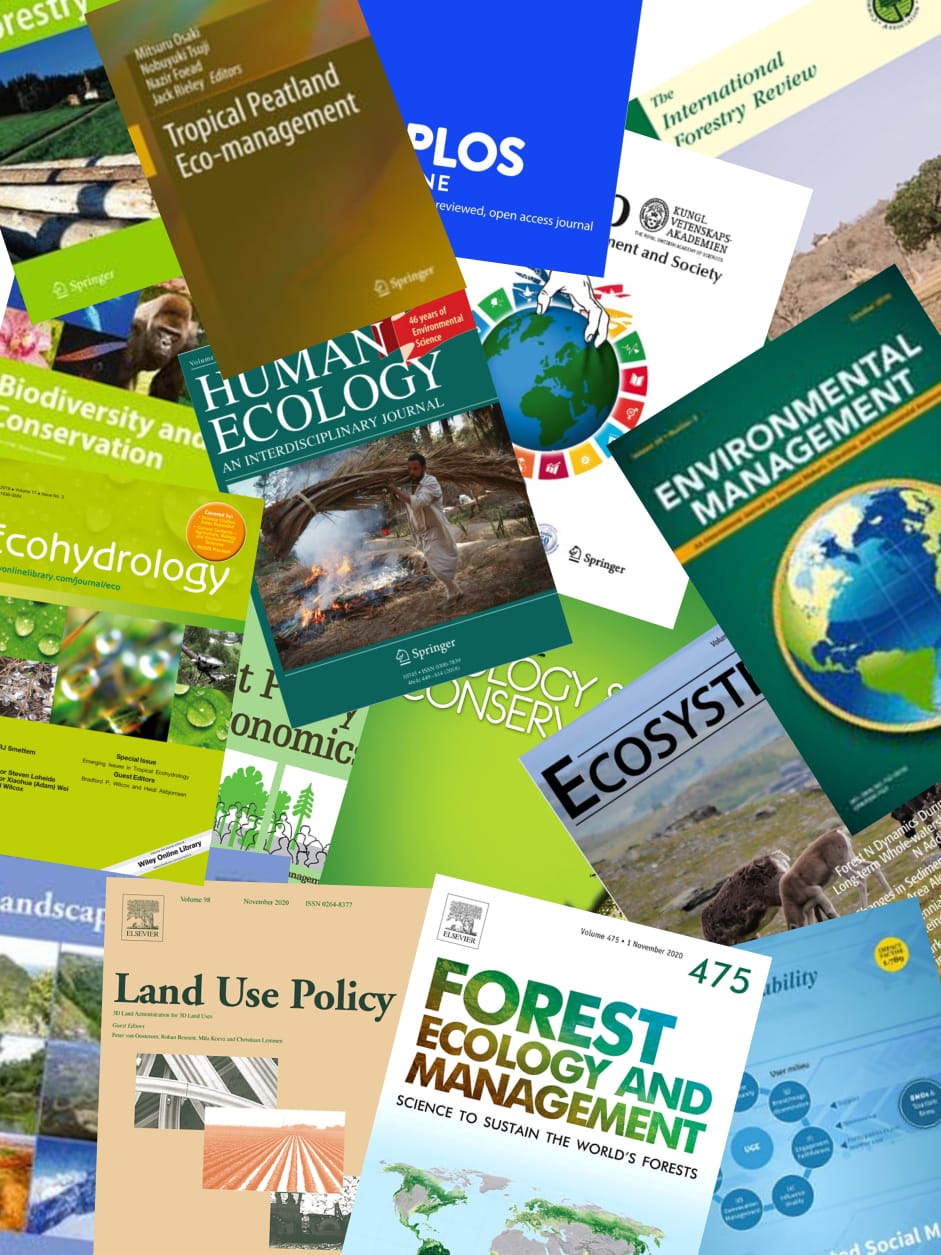In this study, we attempted to use PAHs as a chemical proxy to trace the transport of land-derived materials caused by the tsunami backwash to better understand how it may have affected the distribution of sedimentary deposition throughout the seabed of Khao Lak coastal areas. By analyzing the compositions of sedimentary PAHs in combination with application of the multivariate descriptive statistical techniques, PAHs were proven to be a promising chemical proxy to indicate the tsunami backwash in the study area. Their spatial distribution could indicate that the tsunami backwash plays an important role in transporting anthropogenic PAHs to the nearby coastal area as far as approximately 25 km from the shoreline. In addition, the results from diagnostic PAH isomer ratios suggested that road paving asphalt, originated from heavy erosion by the tsunami wave in front of Pakarang Cape, was among the identified sources of PAHs. Principle Component Analysis (PCA) results provided 2 estimated land-derived sources of PAHs, which were the road dust and oil burning sources. These estimated signature sources clearly support our hypothesis that PAHs were transported from the potential sources on land and deposited into the near-shore seabed during tsunami backwash.
View source

